CLTS Champion: Hon. Ruth Koki Mwanzia, County Minister for Health and Sanitation, Kitui-Kenya
CLTS was introduced in Kenya by Plan Kenya in May 2007 and it was introduced in Kitui county in 2010. Last year in Kitui County Open Defecation Free (ODF) campaign ceremony, the county became one of the first counties to publicly declare that it intends to become Open Defecation Free by December 2015.
Ruth Koki Mwanzia, County Minister for Health and Sanitation in Kitui county was invited to share her experiences at a high-level advocacy workshop in Nairobi to institutionalize CLTS in Somalia (click here to read about the workshop). After the workshop, Preetha Prabhakaran, Programme Manager (Knowledge Management & Partnerships) caught up with Madame Mwanzia to know more about her experiences with implementing CLTS in her county.
What makes you believe in the CLTS approach and what are the changes you have seen in your county after rolling it out?
I am a public health specialist trained in epidemiology and population studies and was trained in the CLTS approach even before I was appointed to the county government. When I came on board I founded a team of health workers who had also been trained in the approach. Since we started working in Kitui, I have seen the transformation in health indicators. Diarrheal cases reduced by 10% and to us it means a lot in terms of reducing infant deaths, deaths of children under five, malnutrition and money saved on medical expenses which is household money and government money which can be used for other development activities.
What have been some of the factors that have led to the success of CLTS in your county?
The important factor for success has been leadership and in our county the Governor His Excellency Dr. Julius M. Malombe has been championing the CLTS programme from the very beginning. He has also ensured that resources are allocated from the county budget for the same. After he attended the Ministerial Session organised by CLTS Foundation at Africasan this year, he was so convinced that he came back to Kitui and approved an additional 5% budget for CLTS. Secondly, the goodwill of the community and emergence of natural leaders is important. In Kitui, religious leaders, provincial administration, assistant chiefs, village elders, sub-county administrators, ward administrators, village administrators, council elders, chamas (these are women’s groups) and also children were involved. We realized that achieving ODF Kitui cannot be the responsibility of one department alone, it has to be everybody’s business.
What are the challenges you were/are facing in implementation of the programme?
The main challenge was that of subsidy. People were used to assistance being provided to build sanitary facilities, but we introduced the community-led approach where the community themselves take action to improve their own health through building their own sanitation facilities. At first the people felt that ‘this is not what we are used to’, but as CLTS is a self-actualizing process, after going through the triggering the communities changed. They realised they have been eating each other’s shit. They understood the reason behind diarrheal diseases, malnutrition, child deaths, the high amount of money spent on hospital bills and working days lost due to the amount of time spent in hospitals. This realisation itself changes people. So, they started seeing beyond the subsidy and instead they started thinking about their health, economic & social development and dignity.
Another challenge in Kitui is that of digging latrine pits in rocky areas. Sometimes it becomes difficult to dig, but thankfully the rocks are not so hard, so at least people can dig to some extent.
Another challenge is on the government’s side, because the county government has so many responsibilities and competing priorities other than sanitation. However,what we did to counter this is that we packaged sanitation to show how good sanitation impacts positively on all these other areas. We realised that the way to get every ministry rooting for sanitation is to show them how the knock-on benefits of sanitation contributes to better education, health, nutrition, etc. We showed them how if we have good sanitation, children will be healthy and they will go to school every morning therefore increasing attendance rates in school, how the rates of malnutrition would fall and nutritional programmes would be more effective. This way we have managed to get the support from other ministries and that is how we ensured that sanitation was given due priority when allocating budgets. We have always believed that the process of improving sanitation has to be led by the government from the front in terms of formulating policy and giving direction but at the community level it is the community that will lead. Development partners can work with us in identifying gaps and help bridging them but they can only play a facilitating role.
In your personal capacity what have you contributed to the ODF Kitui drive ? Has your county been able to influence other counties?
Since I joined the Heath and Sanitation Ministry we achieved one ODF district and currently we are working with the community and other partners to make another three districts ODF. Under my leadership we got the Pamoja Tujikinge Magonjwa Integrated programme which means “Let us together protect ourselves from diseases” and which is also our strategy for achieving an ODF county.
Now, we are working with AMREF (African Medical and Research Foundation), UNICEF, World Vision, government officers, natural leaders and communities to make sure we become an ODF county by this year. This is an ambition which we are still pushing. Even if we don’t achieve ODF status, we must at least achieve 80% success. I think we can do it as we are bringing more volunteers for follow up and post-triggering activities.
We are discussing the ODF agenda with other counties and have discussed broadly that preventive health is better than curative health if we want to achieve our vision of universal health for our people. Now many counties are working on preventive models like CLTS on their sanitation programmes. The counties which are doing well are Nyando, Busia and Nakuru.

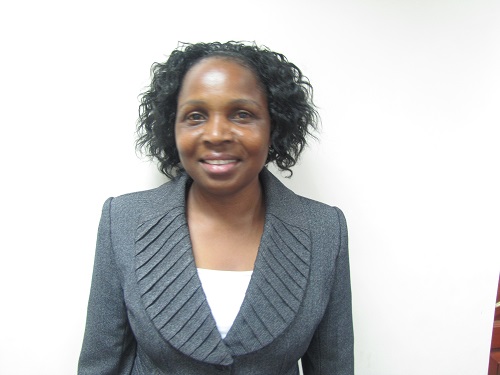
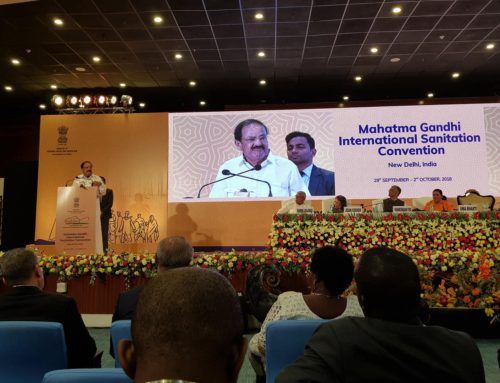
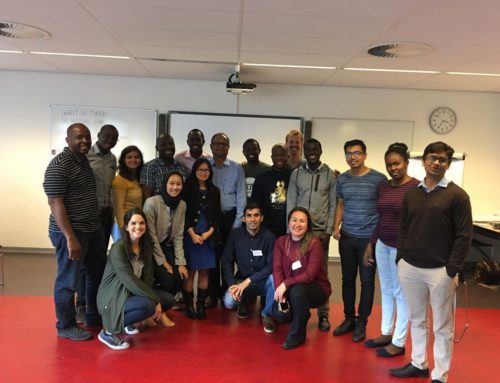
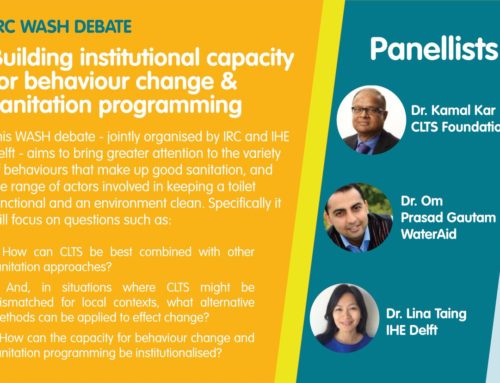
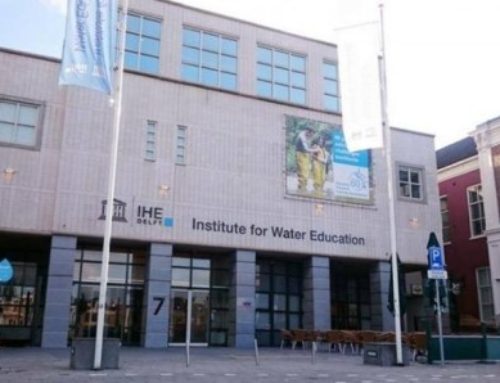
Leave A Comment